Belgrade marks 71st anniversary of Nazi bombing
71 years ago today the Nazi German air force bombed Belgrade without warning, starting the Second World War in the Kingdom of Yugoslavia.
Friday, 06.04.2012.
09:52

71 years ago today the Nazi German air force bombed Belgrade without warning, starting the Second World War in the Kingdom of Yugoslavia. The Labor and Social Policy Ministry, in cooperation with the Defense Ministry, the City of Belgrade and the National Library of Serbia organized commemorations in the Serbian capital to mark the anniversary. Belgrade marks 71st anniversary of Nazi bombing The commemorations honored the innocent civilians and members of the Yugoslav armed forces who were killed trying to stand up to a far superior enemy. The German forces first started with heavy bombing and mass destruction of Belgrade and later Kraljevo, Nis and other cities. The attack of Hitler's Third Reich began without a prior declaration of war, and despite the fact that several days earlier the government of the Kingdom of Yugoslavia declared Belgrade an open (undefended) city. The German bombers dropped destructive and flammable bombs on Belgrade four times that day and around 16:00 CET about thirty Hecht dive bombers came from the direction of Romania shooting columns of refugees who were leaving the ruined city in panic. The total of 484 Luftwaffe bombers took off from the airports in Vienna, Graz and Arad, delivering a rain of bombs on Belgrade on April 6 and 7. The then capital of the Kingdom of Yugoslavia was attacked again on April 11 and 12. The attacks were also performed at night, dropping a total of 440 tons of bombs on Belgrade. The exact number of victims has never been determined. 2,274 citizens of Belgrade, which had, 370,000 citizens at the time, are officially on the list of victims but some estimates say that almost 4,000 citizens died in the bombing. According to historians, 20,000 citizens of the Kingdom of Yugoslavia died on April 6, 1941 and around 1.7 million people lost their lives during the four-year war against the German occupation forces. Belgrade suffered enormous damage. 714 buildings were completely destroyed, 1,888 buildings were severely damaged and 6,826 were partially destroyed, including the Old Palace’s dome. The Nazi air force targeted residential areas, hospitals, Belgrade Train Station, Main Post Office, Zemun airport. Several hundreds of civilians were killed in the yard of the Ascension Church on the first the day of the aggression and several hundred more died when a bomb shelter in Karadjordjev Park was directly hit. The National Library of Serbia at Kosancicev Venac Street, which was built in 1832, was completely destroyed. 350,000 of books, including priceless medieval manuscripts, were lost in the fire. The library also kept collections of Turkish manuscripts, over 200 old printed editions dating from 15th -17th century, old maps, engravings, fine art paintings and journals, as well as all books printed in Serbia and neighboring countries since 1832. The fate of the Kingdom of Yugoslavia was determined by a military coup and demonstrations staged in Belgrade on March 27, 1941 against the Tripartite Pact, which was signed two days earlier by the then government of Prime Minister Dragisa Cvetkovic and Deputy Prime Minister Vlatko Macek. At the time when the largest armed conflict of the 20th century was lurking, Belgrade was the only city in which the masses staged fierce rallies against the agreement with Hitler and the Axis powers. Being enraged by the situation in Yugoslavia, which thwarted his attack on the Soviet Union, the Nazi leader signed Directive 25 which envisaged complete destruction of the Kingdom of Yugoslavia. The German 4th Air Fleet drafted a plan of attack entitled Operation Punishment which was commanded by General Alexander Loehr. The airports of the Yugoslav neighboring states hosted the total of 2,236 aggressor planes of various type, including 885 fighter planes and 1,062 bombers. The Yugoslav capital was defended by the Belgrade Air Defense and the 6th fighter regiment of Royal Yugoslav Air using the Messerschmitt Bf 109 aircrafts and unfortunately only a little number of IK-3 interceptor fighters, the most notable product of the Yugoslav Aviation Industry. There were 11 sky defenders who gave their lives for Belgrade, though a lot of time passed before the city paid tribute to them by revealing a monument in Belgrade's municipality of Zemun in 1997. On April 6, the central Serbian city of Kraljevo was also shelled, while an attack on the southeastern city of Nis took place on April 8, claiming 600 lives. By April 17, 1941, when the army of the Kingdom of Yugoslavia capitulated, the towns of Kraljevo, Leskovac, Kragujevac and Novi Sad were bombed, as well as several other towns in which the targets were mostly strategic objects, infrastructure and airports. The victory of the Axis powers was quick and Yugoslavia capitulated after only 11 days in spite of the efforts of the Royal Army to protect the state borders, whereas the king and the government fled the country three days earlier. In keeping with the general plan of the Third Reich and Hitler's Directive signed on April 12, the Kingdom of Yugoslavia was disintegrated and divided between Germany, Hungary and Bulgaria, with Serbia being allocated to Hitler's forces. Seven days before the end of the invasion, April 10, 1941, Croats, headed by Ante Pavelic and supported Italy's Prime Minister Benito Mussolini, declared the Independent State of Croatia, which included Bosnia-Herzegovina and Srem. This Nazi puppet state joined the Axis powers in World War II, creating a number of death camps where over 600,000 Orthodox Serbs, 80,000 Roma and 48,000 Jews were murdered. RTS Tanjug
Belgrade marks 71st anniversary of Nazi bombing
The commemorations honored the innocent civilians and members of the Yugoslav armed forces who were killed trying to stand up to a far superior enemy.The German forces first started with heavy bombing and mass destruction of Belgrade and later Kraljevo, Niš and other cities.
The attack of Hitler's Third Reich began without a prior declaration of war, and despite the fact that several days earlier the government of the Kingdom of Yugoslavia declared Belgrade an open (undefended) city.
The German bombers dropped destructive and flammable bombs on Belgrade four times that day and around 16:00 CET about thirty Hecht dive bombers came from the direction of Romania shooting columns of refugees who were leaving the ruined city in panic.
The total of 484 Luftwaffe bombers took off from the airports in Vienna, Graz and Arad, delivering a rain of bombs on Belgrade on April 6 and 7.
The then capital of the Kingdom of Yugoslavia was attacked again on April 11 and 12.
The attacks were also performed at night, dropping a total of 440 tons of bombs on Belgrade.
The exact number of victims has never been determined. 2,274 citizens of Belgrade, which had, 370,000 citizens at the time, are officially on the list of victims but some estimates say that almost 4,000 citizens died in the bombing.
According to historians, 20,000 citizens of the Kingdom of Yugoslavia died on April 6, 1941 and around 1.7 million people lost their lives during the four-year war against the German occupation forces.
Belgrade suffered enormous damage. 714 buildings were completely destroyed, 1,888 buildings were severely damaged and 6,826 were partially destroyed, including the Old Palace’s dome.
The Nazi air force targeted residential areas, hospitals, Belgrade Train Station, Main Post Office, Zemun airport.
Several hundreds of civilians were killed in the yard of the Ascension Church on the first the day of the aggression and several hundred more died when a bomb shelter in Karađorđev Park was directly hit.
The National Library of Serbia at Kosančićev Venac Street, which was built in 1832, was completely destroyed. 350,000 of books, including priceless medieval manuscripts, were lost in the fire.
The library also kept collections of Turkish manuscripts, over 200 old printed editions dating from 15th -17th century, old maps, engravings, fine art paintings and journals, as well as all books printed in Serbia and neighboring countries since 1832.
The fate of the Kingdom of Yugoslavia was determined by a military coup and demonstrations staged in Belgrade on March 27, 1941 against the Tripartite Pact, which was signed two days earlier by the then government of Prime Minister Dragiša Cvetković and Deputy Prime Minister Vlatko Maček.
At the time when the largest armed conflict of the 20th century was lurking, Belgrade was the only city in which the masses staged fierce rallies against the agreement with Hitler and the Axis powers.
Being enraged by the situation in Yugoslavia, which thwarted his attack on the Soviet Union, the Nazi leader signed Directive 25 which envisaged complete destruction of the Kingdom of Yugoslavia.
The German 4th Air Fleet drafted a plan of attack entitled Operation Punishment which was commanded by General Alexander Loehr.
The airports of the Yugoslav neighboring states hosted the total of 2,236 aggressor planes of various type, including 885 fighter planes and 1,062 bombers.
The Yugoslav capital was defended by the Belgrade Air Defense and the 6th fighter regiment of Royal Yugoslav Air using the Messerschmitt Bf 109 aircrafts and unfortunately only a little number of IK-3 interceptor fighters, the most notable product of the Yugoslav Aviation Industry.
There were 11 sky defenders who gave their lives for Belgrade, though a lot of time passed before the city paid tribute to them by revealing a monument in Belgrade's municipality of Zemun in 1997.
On April 6, the central Serbian city of Kraljevo was also shelled, while an attack on the southeastern city of Niš took place on April 8, claiming 600 lives.
By April 17, 1941, when the army of the Kingdom of Yugoslavia capitulated, the towns of Kraljevo, Leskovac, Kragujevac and Novi Sad were bombed, as well as several other towns in which the targets were mostly strategic objects, infrastructure and airports.
The victory of the Axis powers was quick and Yugoslavia capitulated after only 11 days in spite of the efforts of the Royal Army to protect the state borders, whereas the king and the government fled the country three days earlier.
In keeping with the general plan of the Third Reich and Hitler's Directive signed on April 12, the Kingdom of Yugoslavia was disintegrated and divided between Germany, Hungary and Bulgaria, with Serbia being allocated to Hitler's forces.
Seven days before the end of the invasion, April 10, 1941, Croats, headed by Ante Pavelić and supported Italy's Prime Minister Benito Mussolini, declared the Independent State of Croatia, which included Bosnia-Herzegovina and Srem.
This Nazi puppet state joined the Axis powers in World War II, creating a number of death camps where over 600,000 Orthodox Serbs, 80,000 Roma and 48,000 Jews were murdered.



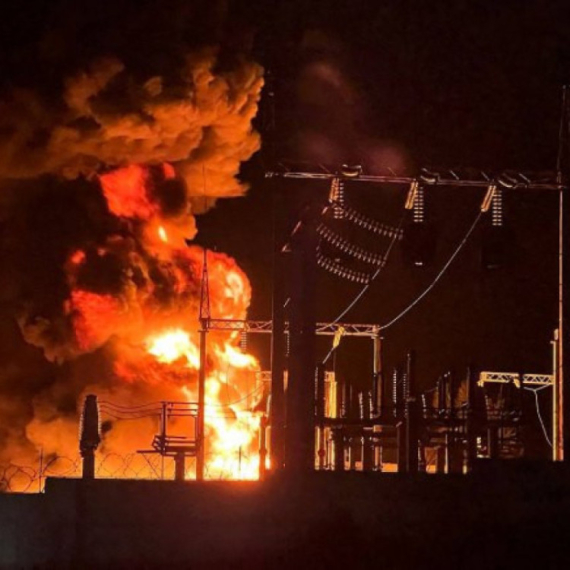
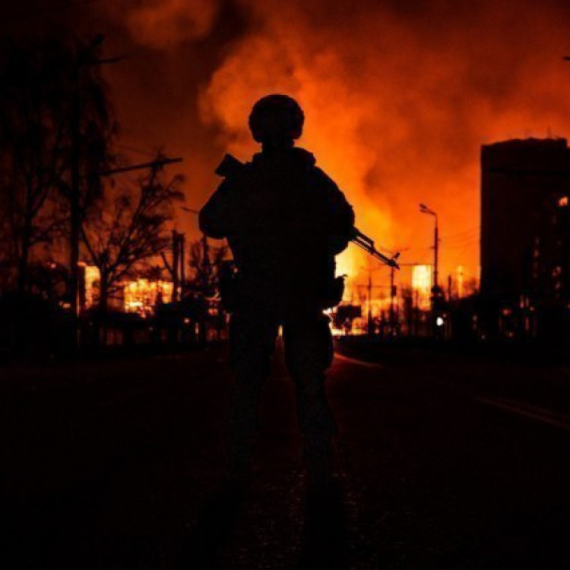











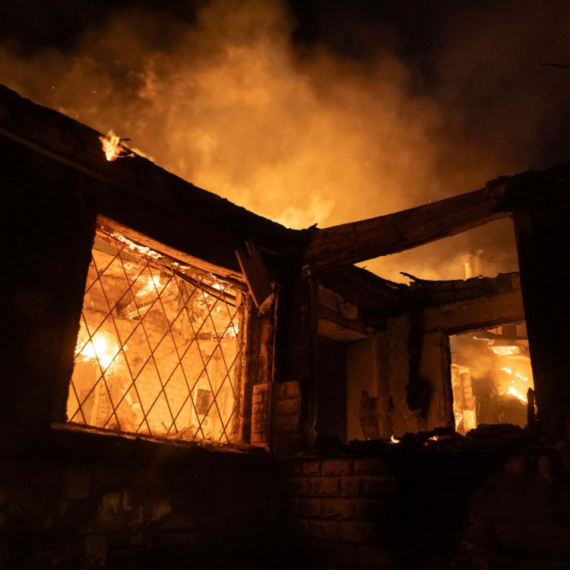


















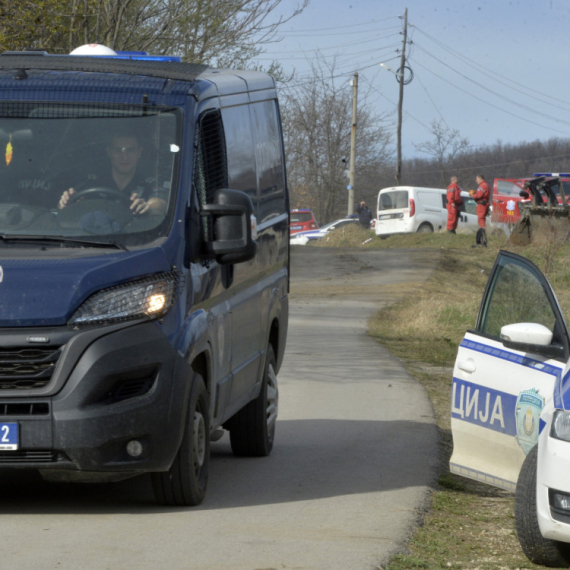













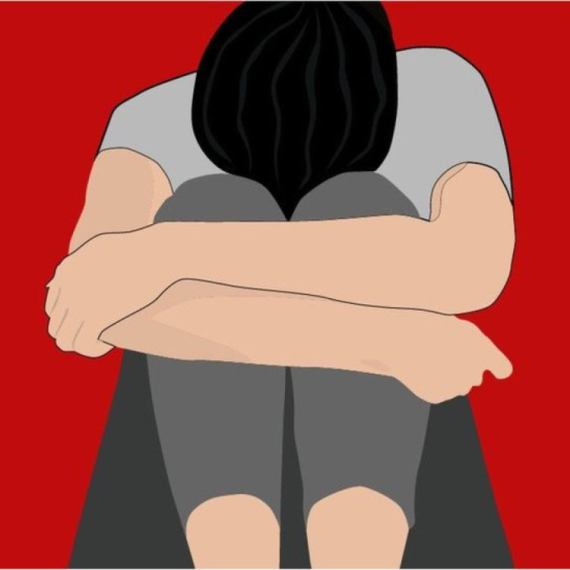




Komentari 11
Pogledaj komentare